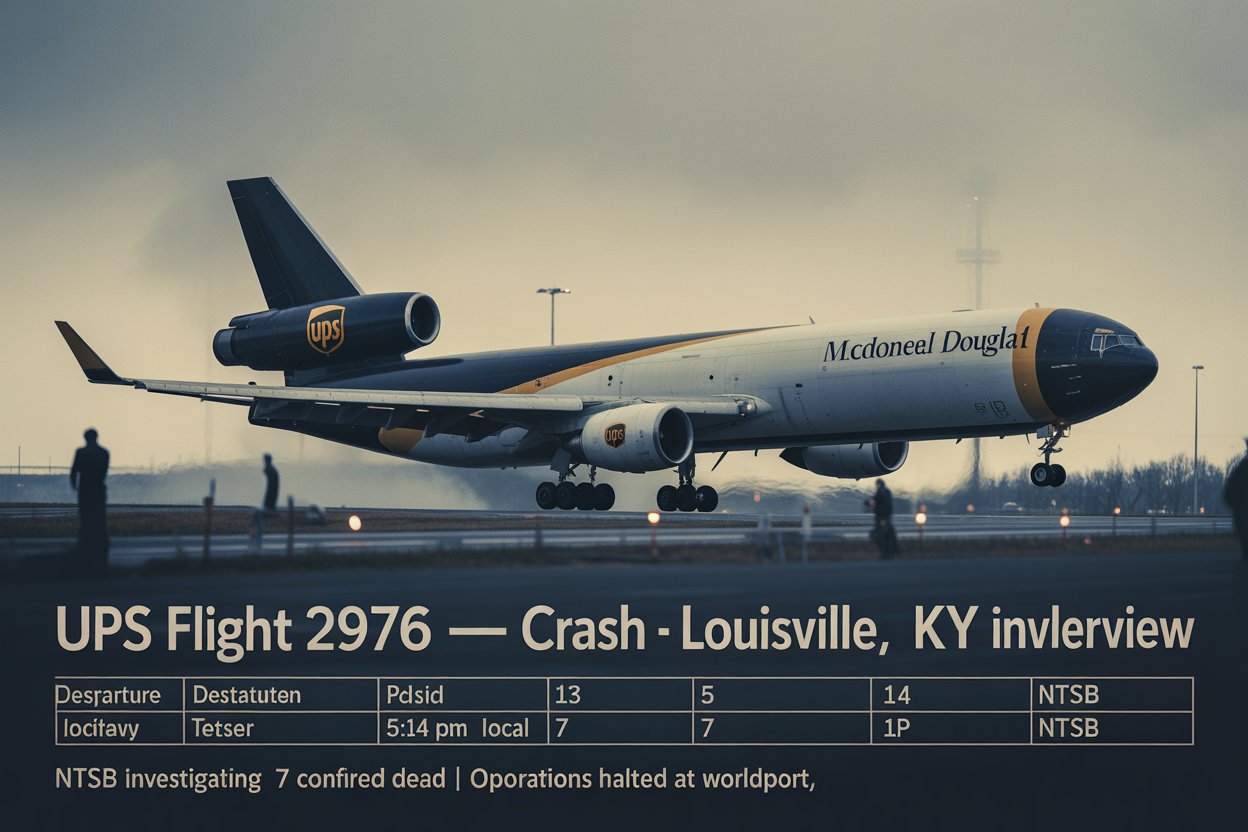Blast near Delhi’s Red Fort rocks national capital
On the evening of Monday, 10 November 2025, a devastating explosion ripped through a car near Red Fort (Lal Qila) in New Delhi. The blast occurred at approximately 6:52 pm when a slow-moving vehicle stopped at a red signal near Gate 1 of the Lal Qila metro station. The vehicle—a Hyundai i20 registered in Haryana—exploded, triggering fires in nearby cars and autorickshaws, and causing catastrophic damage in the congested Old Delhi area.
According to official figures, 8 people lost their lives and 20 + were injured in the incident. The exact cause of the blast remains under investigation by the National Investigation Agency (NIA), Delhi Police, and other security and forensic agencies.
Major explosives haul in Faridabad just hours before
On the same day, law-enforcement agencies made a dramatic seizure in Faridabad (Haryana), where they recovered 2,900 kg of explosive materials from two residential buildings. That haul included around 350-360 kg of ammonium nitrate—a common fertiliser used also in bomb-making—alongside detonators, timers, wires and other bomb-making components. Investigations suggest the module had links to trained professionals and academics, including a doctor from J&K and another working in Faridabad, allegedly tied to banned terror organisations.
Why the two incidents raise alarm bells
The proximity in timing of the explosives haul and the blast in the national capital has triggered alarm across security agencies.
- The Red Fort area is a crowded tourist and heritage zone—any explosion here carries huge public safety + symbolic implications.
- The seizure of nearly 3 tonnes of explosives signals a large-scale terrorist module with potential for major destruction.
- Authorities are exploring whether the blast in Delhi and the Faridabad seizure are linked, though no confirmed public link has yet been announced.
- States neighbouring Delhi—Haryana, Uttar Pradesh, Rajasthan, Maharashtra—have been put on heightened alert.
The unfolding of events & response
| Time | Event | Key details |
|---|---|---|
| ~6:52 pm | Slow-moving car stops at traffic light near Lal Qila metro station, explosion occurs. | Hyundai i20 with Haryana plates. |
| ~7:00-7:30 pm | Fire tenders arrive, blaze extinguished. | Six cars, two e-rickshaws and one auto-rickshaw reportedly caught fire. |
| Earlier that day | Faridabad raids: 2,900 kg explosives seized. | Module allegedly linked to J&K-based professionals. |
| Post-incident | Multi-agency investigation; security tightened across Delhi NCR. | PM & HM briefed; metro, airports on alert. |
Key statistics
| Metric | Value |
|---|---|
| Fatalities in Delhi blast | 8 people (so far) |
| Injured in Delhi blast | 20+ persons |
| Explosives seized in Faridabad | ~2,900 kg |
| Ammonium nitrate in seized haul | ~350-360 kg |
What’s next in the investigation and implications
- The NIA and forensic teams will analyse whether the blast vehicle carried an IED or petrol-tank fuelled explosion; early police reports say the damage pattern is “unusual for a simple cylinder or auto fire”.
- Investigators will map the supply chain of the Faridabad explosives and ascertain links to cross-border terror networks.
- Security agencies have expanded surveillance and checkpoints across Delhi NCR, UP, Haryana and other states to pre-empt further attacks.
- The incident raises questions about weaknesses in intelligence and security in high-value zones; demands for accountability and tighter checks are emerging from political actors and security experts.
- Public safety in crowded heritage and market zones will now attract heightened measures – vehicle checks, restricted zones, CCTV audits.
Why this matters to Delhi and India
- The Red Fort area is not just a heritage monument but a public gathering and tourist site; an attack here directly impacts national symbolism and public confidence.
- The simultaneous uncovering of a large explosives cache underscores the scale of threat facing urban centres.
- For citizens and commuters in Delhi NCR, the blast is a wake-up call: vigilance, real-time alerts and cooperation with law-enforcement will be critical.
- At a national policy level, the events may prompt stricter regulation of precursor chemicals like ammonium nitrate, better tracking of professional infiltration into terror modules (e.g., doctors, academics) and enhanced inter-state intelligence coordination.
Also Read:- Autoschlüssel verloren? So kann Ihnen ein mobiler Autoschlüsseldienst helfen
FAQs – Massive Delhi Blast Hours After 2,900 kg Explosives Found in Faridabad
1. What exactly happened near the Red Fort in Delhi?
A car exploded near Gate 1 of the Lal Qila metro station in Delhi at around 6:52 pm; the blast killed at least 8 people and injured around 20. The vehicle was a slow-moving Hyundai i20 with Haryana plates.
2. Why is the Faridabad explosives seizure important?
Authorities uncovered approximately 2,900 kg of explosive materials—including about 350-360 kg of ammonium nitrate—along with detonators and timers. It signals an active terror-module operating in the Delhi-NCR region.
3. Are the Delhi blast and the Faridabad seizure linked?
While both incidents occurred on the same day and within the same region, authorities have not officially confirmed a direct operational link. Investigations are ongoing.
4. What has been the immediate response by security agencies?
The NIA, Delhi Police, forensic teams and the NSG have been deployed. States including Uttar Pradesh, Haryana, Maharashtra and Rajasthan have recorded heightened security alerts and increased checks in transportation hubs and crowded areas.
5. What can citizens do to stay safe now?
– Avoid parking or lingering near high-density landmark areas if possible.
– Stay alert to suspicious vehicles or unclaimed luggage in public places.
– Follow official advisories from the Delhi Police and other authorities.
– Report any unusual behaviour (especially near crowded markets, heritage sites, metro stations).
– Stay calm, cooperate with security protocols, and avoid spreading unverified rumours.



